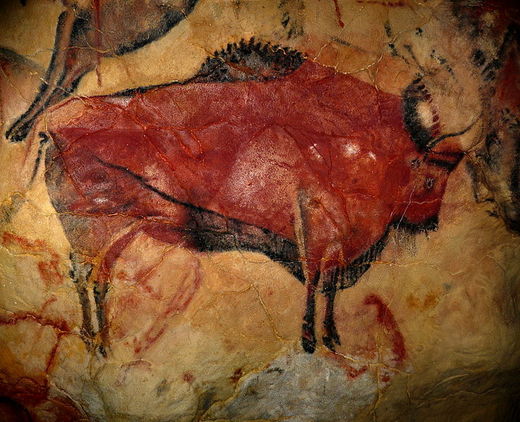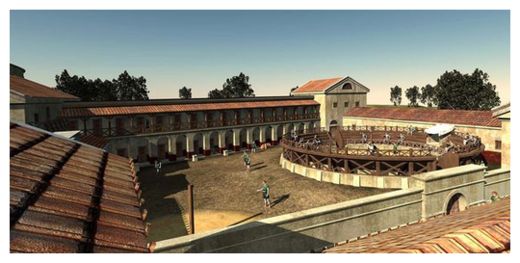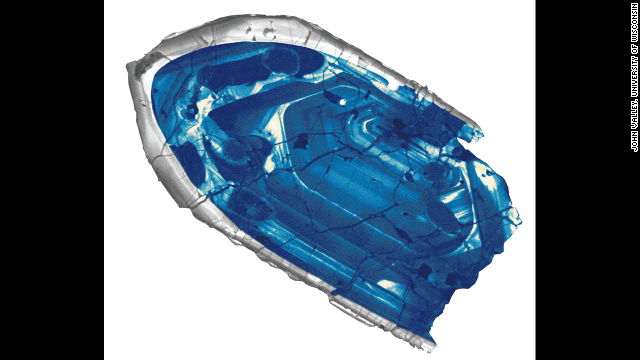
© Public DomainSultan Moulay Ismaïl of Morocco, "The Bloodthirsty," reigned from 1672 to 1727 and reputedly sired hundreds of children and perhaps more than a 1,000. (Shown here in a photographic reproduction of artwork.)
Sultan Moulay Ismaïl of Morocco, "The Bloodthirsty," reputedly sired hundreds of children and perhaps more than a 1,000. Now computer simulations suggest this could have been possible if the ruler had sex about once a day for 32 years.
Ismaïl, who reigned from 1672 to 1727, was the first great sultan of the Moroccan Alaouite dynasty, the current royal house of the kingdom. He was Sharifian - that is, he claimed descent from
Muhammad, the founder of Islam.
Ismaïl's rule was the longest in Moroccan history, and toward its end he controlled the country with an army of more than 150,000 men. Ismaïl was infamously ruthless - his reign is said to have begun with the display of 400 heads at the city of Fez, most of them from enemy chiefs, and over the next 55 years it is estimated he killed more than 30,000 people, not including those in battle.
Any suspicion of adultery against Ismaïl was severely punished. The women were either strangled by the sultan himself, or their breasts were cut off, or their teeth torn out. Men who merely looked at one of his wives or concubines were punished by death.
According to the
Guinness Book of World Records, Ismaïl fathered 888 children, the greatest number of progeny for anyone throughout history that can be verified.
Based on reports by Dominique Busnot, a French diplomat who frequently traveled to Morocco, the sultan may actually have had 1,171 children from four wives and 500 concubines by 1704. At that time, Ismaïl was 57 and had ruled for 32 years.
Some researchers claimed it was unlikely Ismaïl could have fathered that many offspring, noting that women are only fertile for a small window each month, that
sperm usually do not fertilize eggs, and that infertility often afflicts women, especially in the developing world. However, other scientists argued women are more fertile than those doubting Ismaïl had said.




